NORTHERN POWERHOUSE
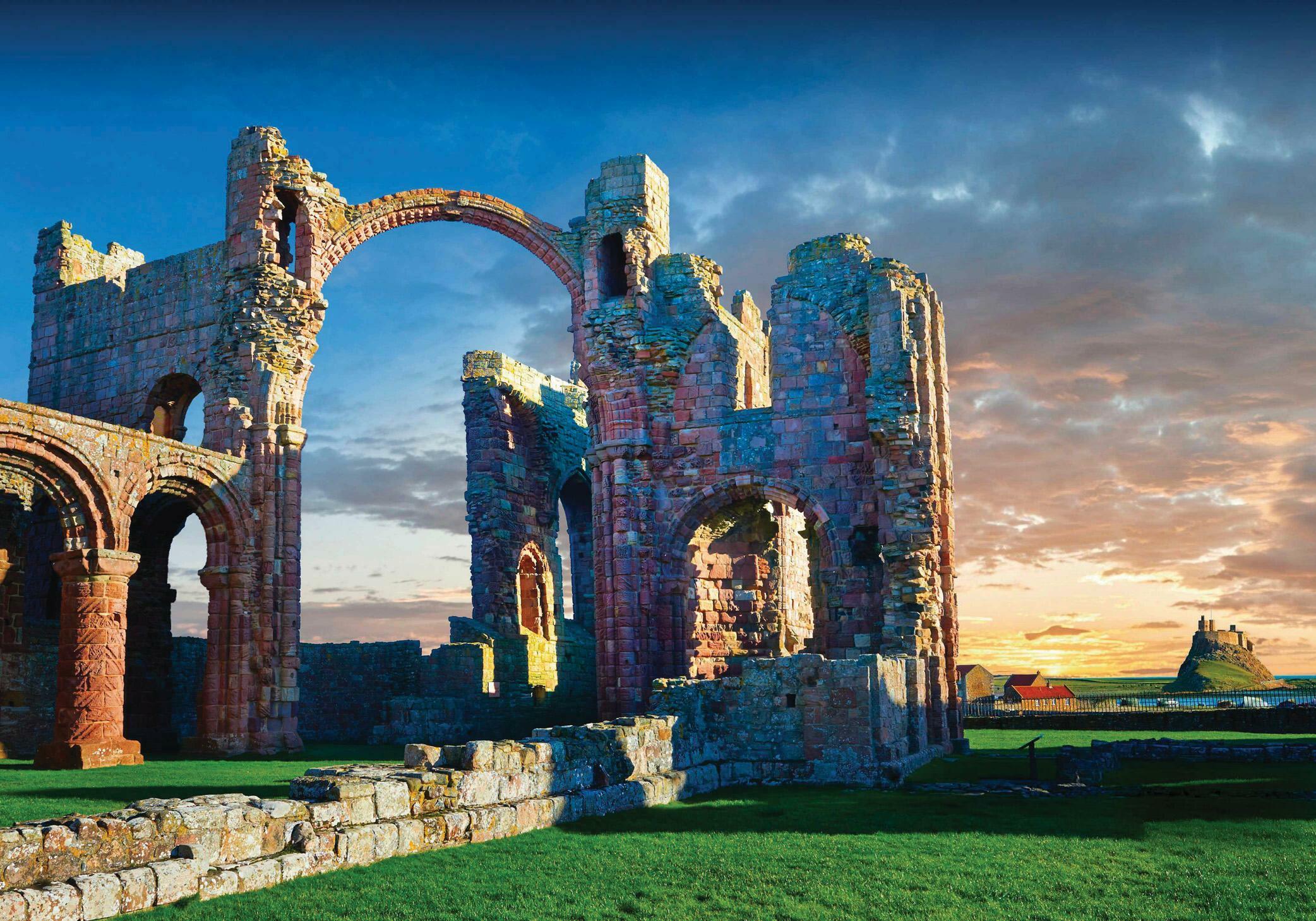
On 20 May 685, Bishop (and future saint) Cuthbert was admiring the wonders of Carlisle, where he was visiting Queen Iurminburh, wife of King Ecgfrith of Northumbria. Touring this former Roman bastion, the cleric marvelled at a fountain that continued to flow many centuries after it was built. But then, we're told, Cuthbert became suddenly troubled. Leaning on his staff, he declared sorrowfully: "Now, the contest is decided!" Two days later, a Northumbrian warrior arrived from the north, relaying grave news: the king, Iurminburh's husband, was dead. Cuthbert's premonition had been proved correct.
Earlier that month, Ecgfrith had led his army north into the lands of the Picts. For many years, Northumbria had exacted tribute from some of the peoples living north of the Forth and Clyde estuaries. Now, Ecgfrith decided, it was time to enforce his overlordship. Friends had counselled against this expedition, not least Cuthbert - wise advice, as it transpired. On 20 May, the day of the bishop's dire pronouncement in Carlisle, a Pictish force launched a devastating ambush, killing King Ecgfrith and his elite retinue.
More than 1,300 years later, we're still unsure where Ecgfrith met his end. One thing seems certain, though: the clash now known as the battle of Nechtansmere (or Dún Nechtain) was fought in Pictish territory, deep in what's now Scotland. This demonstrates a key point that challenges widely held views. Northumbria has long been seen through the lens of English history: a kingdom whose future lay as a part of the English state. Yet clearly that's not how Ecgfrith saw it. In fact, the Northumbrians looked west and north as well as east and south.
Territorial ambitions
In its heyday in the late seventh century, the kingdom of Northumbria extended from the Humber and the river Mersey north to the Firth of Forth, deep in modern Scotland, and established extensive links across the Irish Sea.
This story is from the {{IssueName}} edition of {{MagazineName}}.
Start your 7-day Magzter GOLD free trial to access thousands of curated premium stories, and 9,500+ magazines and newspapers.
Already a subscriber ? Sign In
This story is from the {{IssueName}} edition of {{MagazineName}}.
Start your 7-day Magzter GOLD free trial to access thousands of curated premium stories, and 9,500+ magazines and newspapers.
Already a subscriber? Sign In
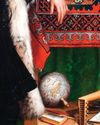
Painting on the precipice
Hans Holbein’s masterwork The Ambassadors is an exquisite portrait of two 16th-century diplomats. But it is also crammed with symbols and hidden messages. Tracy Borman deciphers the clues that betray the turbulence of a fateful year
A doctrine of self-control
FERN RIDDELL gives a cautious welcome to an exploration of American attitudes down the years towards both sex work and female sex workers
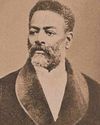
Samba schools used the carnival to foreground overlooked histories
I WAS RECENTLY IN RIO DE JANEIRO, IN A warehouse on the outskirts of the city, admiring some of the brightly coloured floats that had featured in this year's world-famous carnival. Each spring, just before the start of Lent, hundreds of thousands of people attend the parades in the city's Sambadrome stadium and enjoy watching the floats.

Victorian jelly
ELEANOR BARNETT explores the surprisingly long history of quivering, colourful dessert popular with children
Diplomatic mission
RICHARD TOYE salutes an exploration of the relationship between the ‘Big Three’ Allied leaders
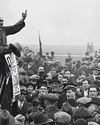
Who says what and why they say it
DAVID RUNCIMAN is impressed by an exploration of how arguments over free speech are often rooted in a desire to close down dialogue

"Africans have been starved of historical figures from their own lands that they can look up to"
PAULA AKPAN speaks to Danny Bird about powerful African woman leaders and the complexities of interrogating historical narratives, colonial biases and these women's own flaws
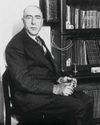
Harry Price
Harry Price was a British ghost-hunter, psychic researcher and author who achieved fame through his investigations into paranormal phenomena and for exposing fraudulent mediums.
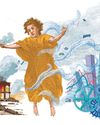
Few works of 20th-century art have such a distinguished list of past owners
A POSTWAR BABY BOOMER AND A LATE SIXTIES student, in my adult life I naturally grew up optimistic. I believed in progress.

The feel of truth
JOSEPH E USCINSKI enjoys an account of a fake report that supposedly exposed a huge conspiracy to wage war in support of the American economy
